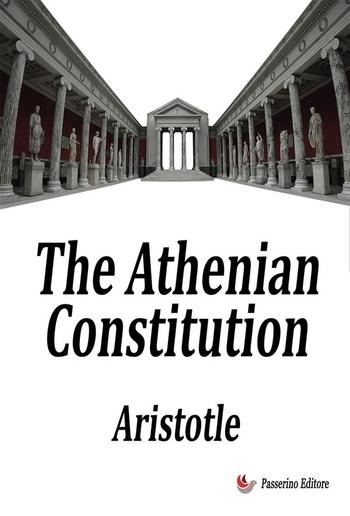
Aristotle - The Athenian Constitution
The Athenian Constitution
Aristotle
Description
The Constitution of the Athenians, also called The Athenian Constitution is a work by Aristotle or one of his students. The work describes the constitution of Athens. It is preserved on a papyrus roll from Hermopolis, published in 1891 and now in the British Library. A small part of the work also survives on two leaves of a papyrus codex, discovered in the Fayum in 1879 and now in the papyrus collection of the Ägyptisches Museum in Berlin.Aristotle (384–322 BC) was a Greek philosopher and polymath during the Classical period in Ancient Greece. Taught by Plato, he was the founder of the Peripatetic school of philosophy within the Lyceum and the wider Aristotelian tradition. His writings cover many subjects including physics, biology, zoology, metaphysics, logic, ethics, aesthetics, poetry, theatre, music, rhetoric, psychology, linguistics, economics, politics, meteorology, geology, and government. Aristotle provided a complex synthesis of the various philosophies existing prior to him. It was above all from his teachings that the West inherited its intellectual lexicon, as well as problems and methods of inquiry. As a result, his philosophy has exerted a unique influence on almost every form of knowledge in the West and it continues to be a subject of contemporary philosophical discussion.Translated by Sir Frederic G. Kenyon

